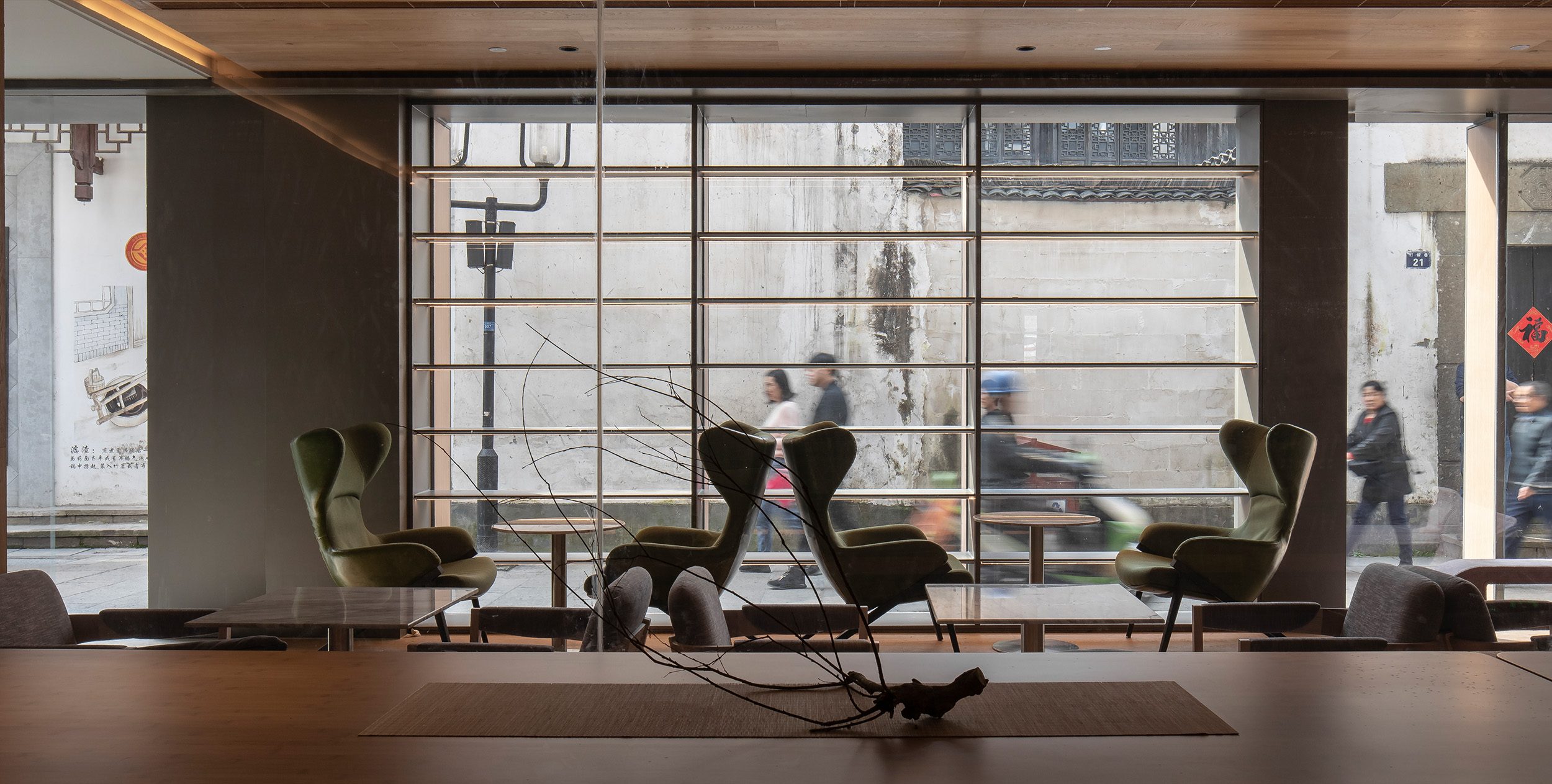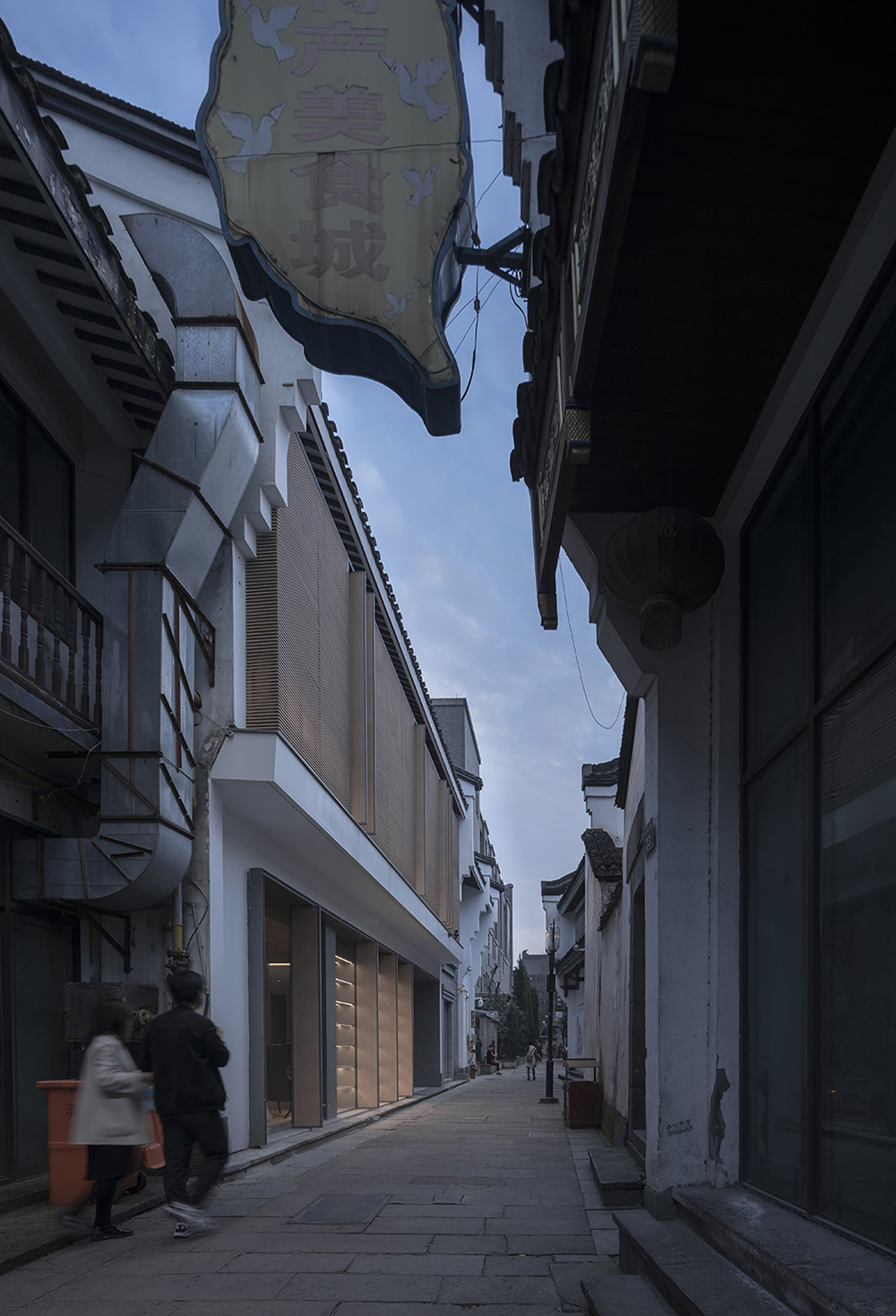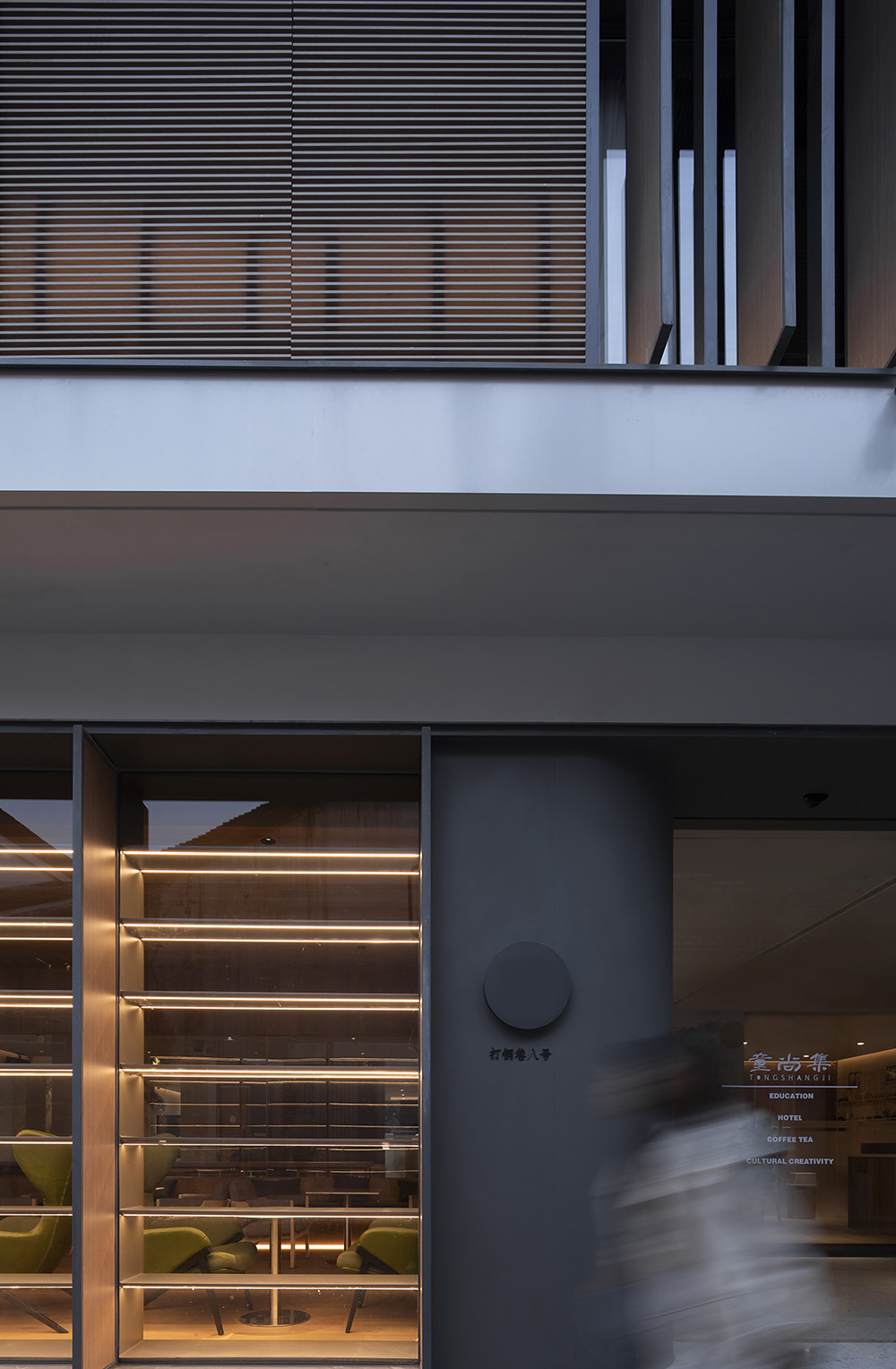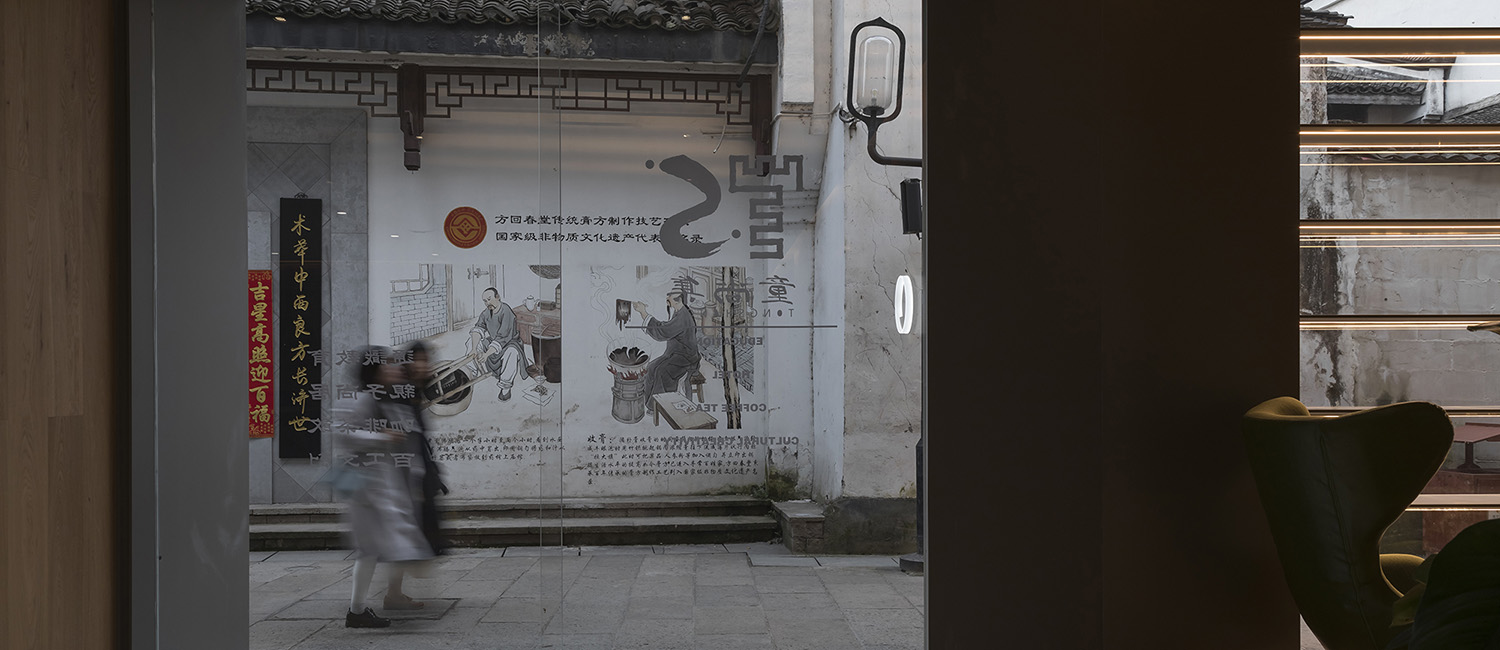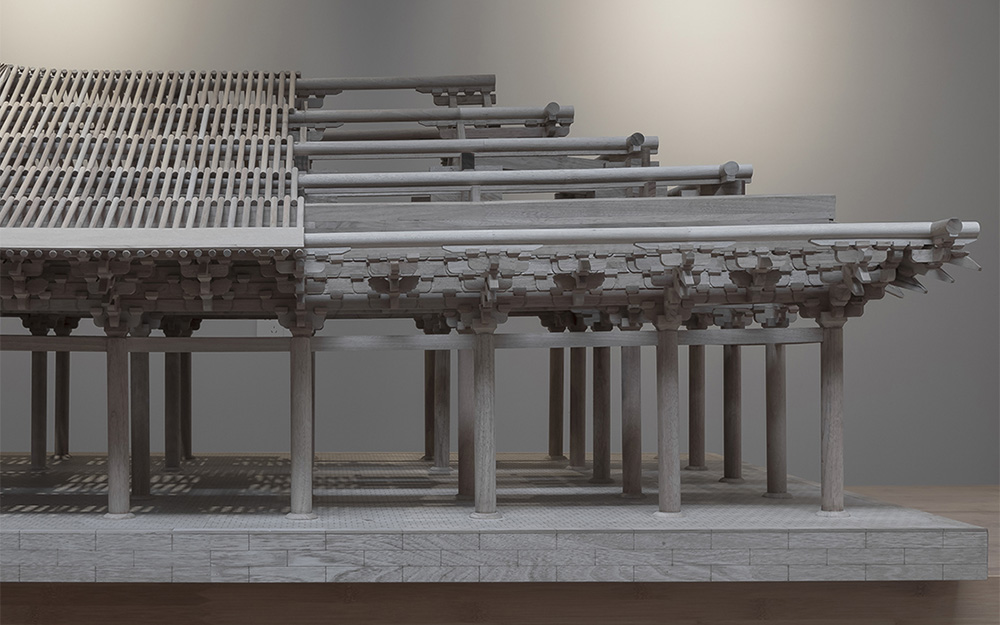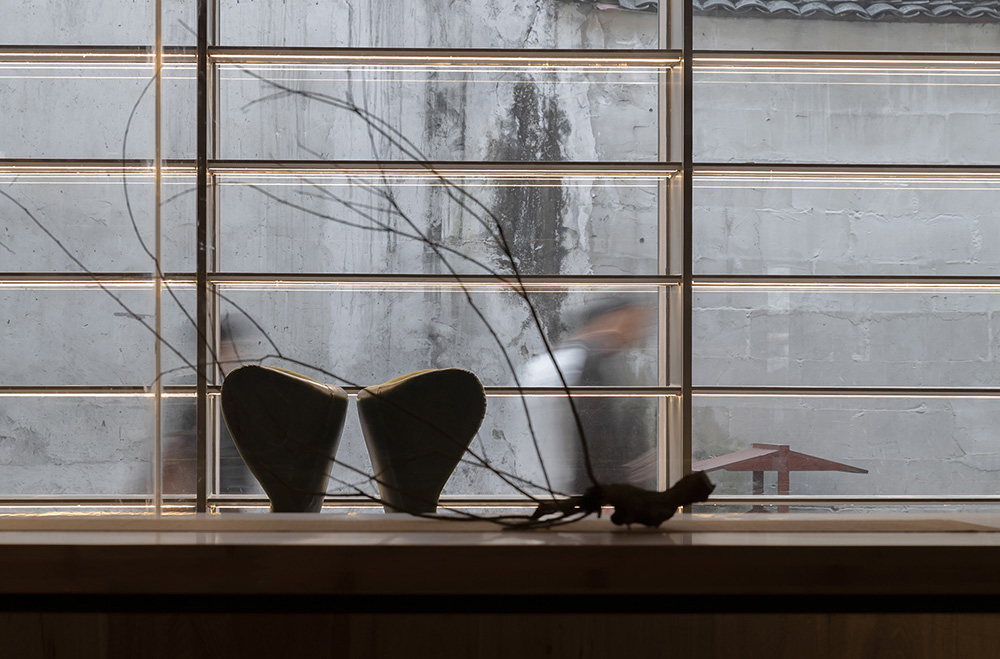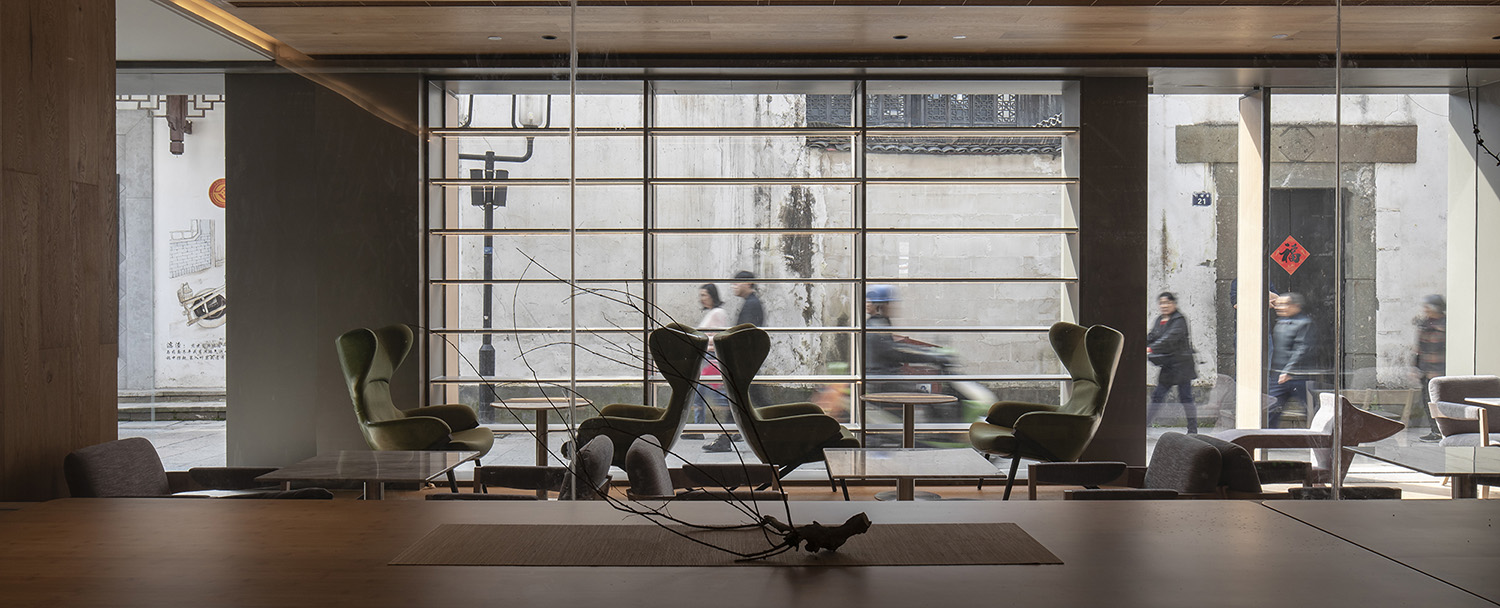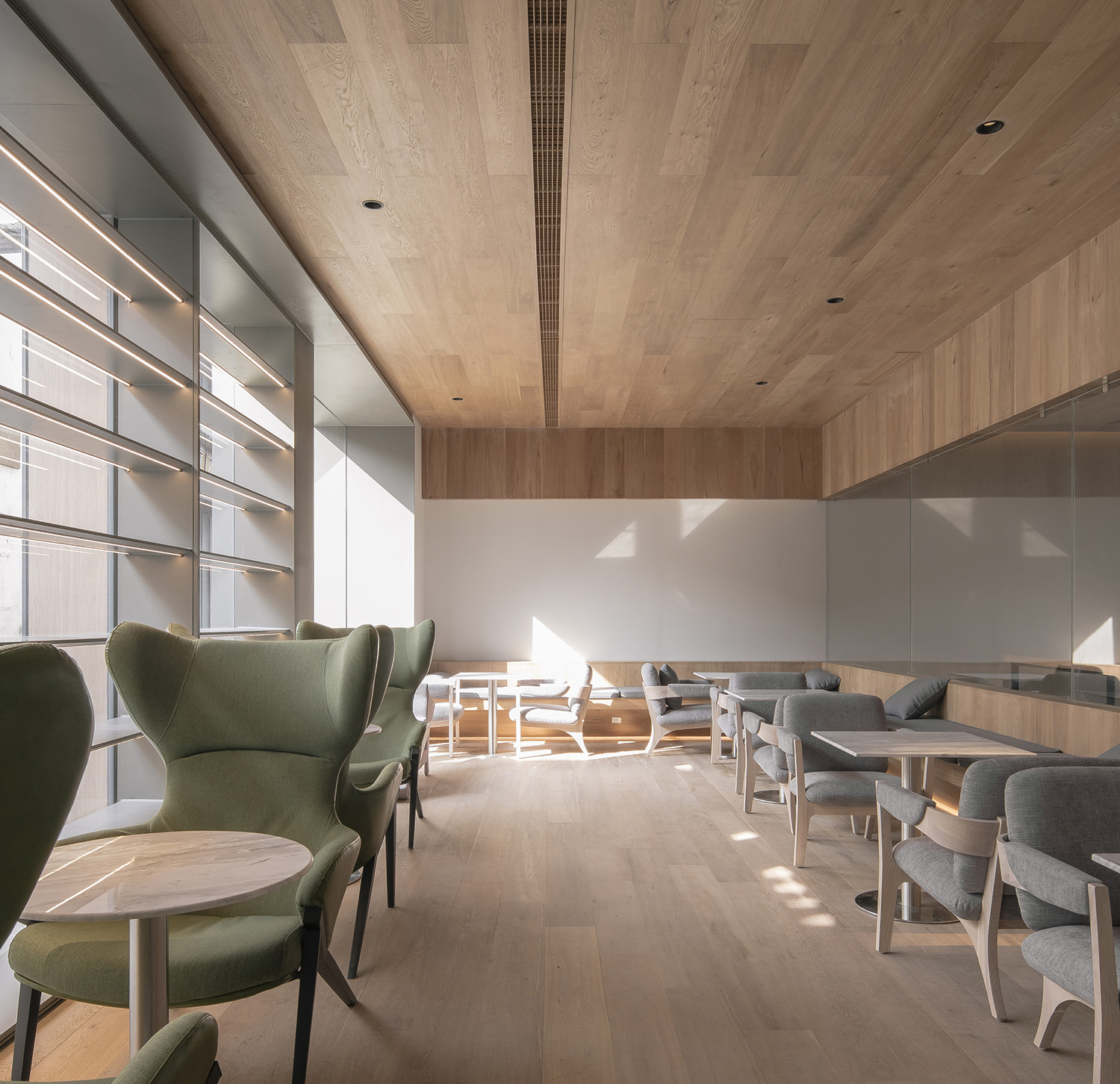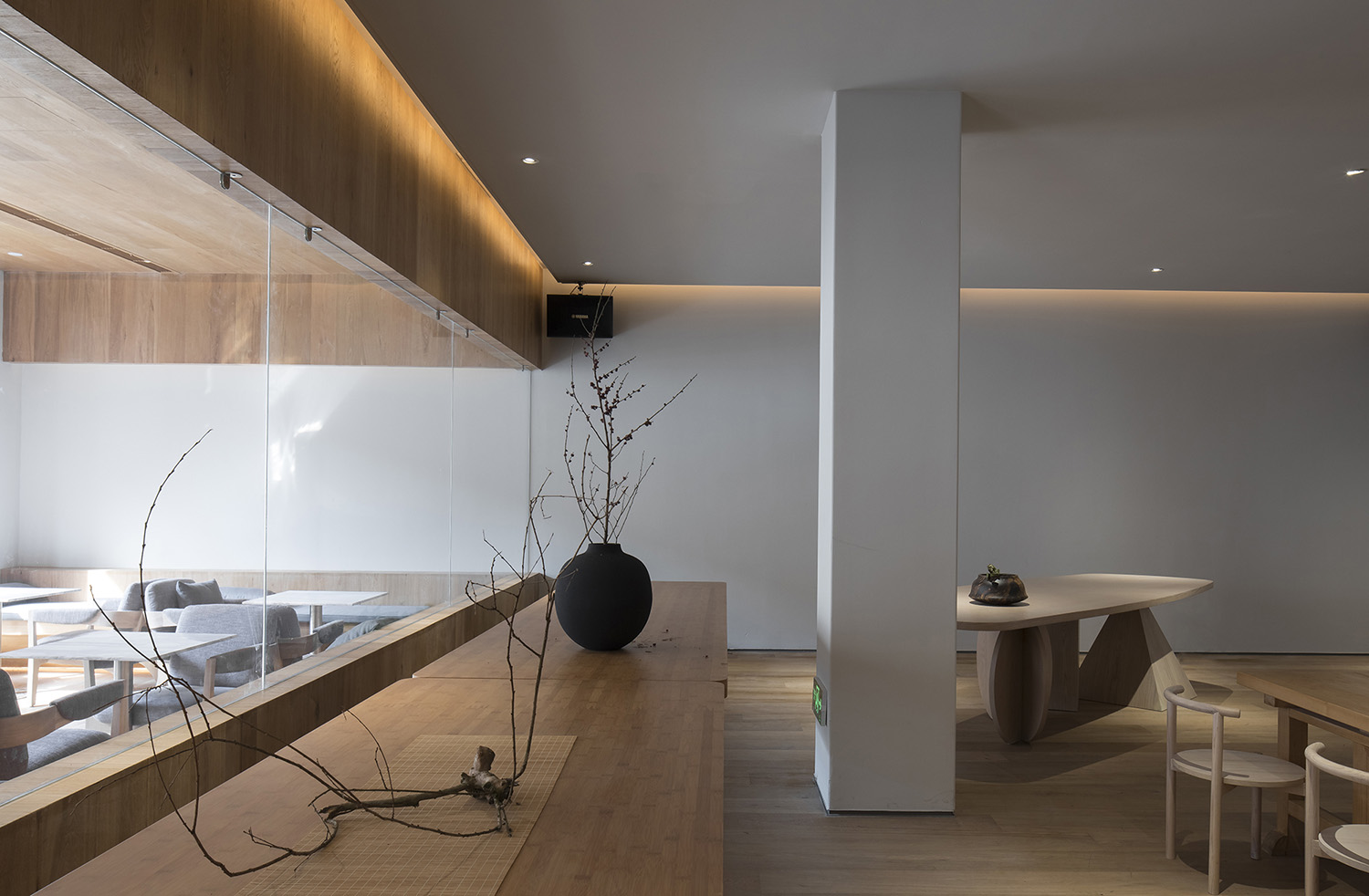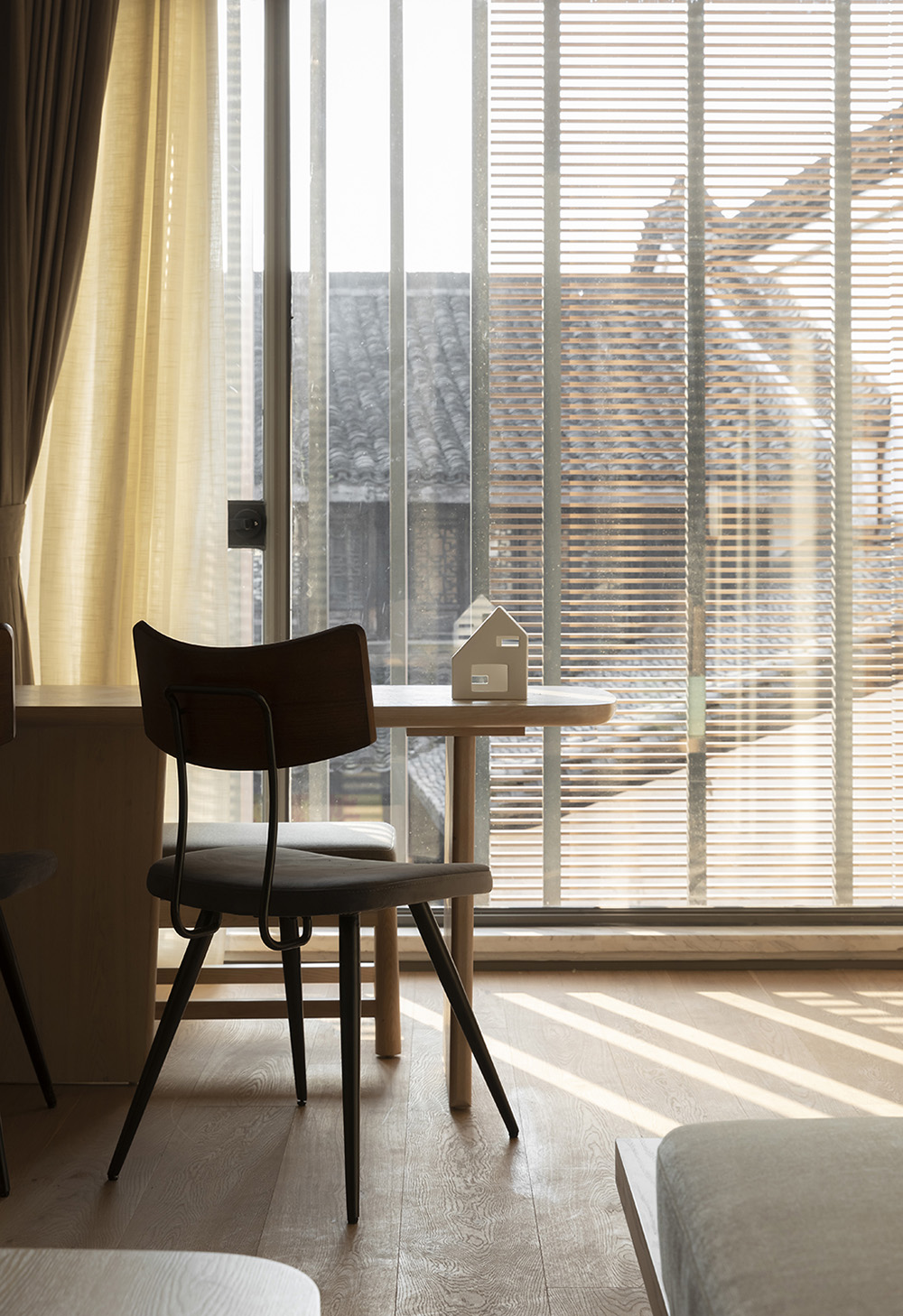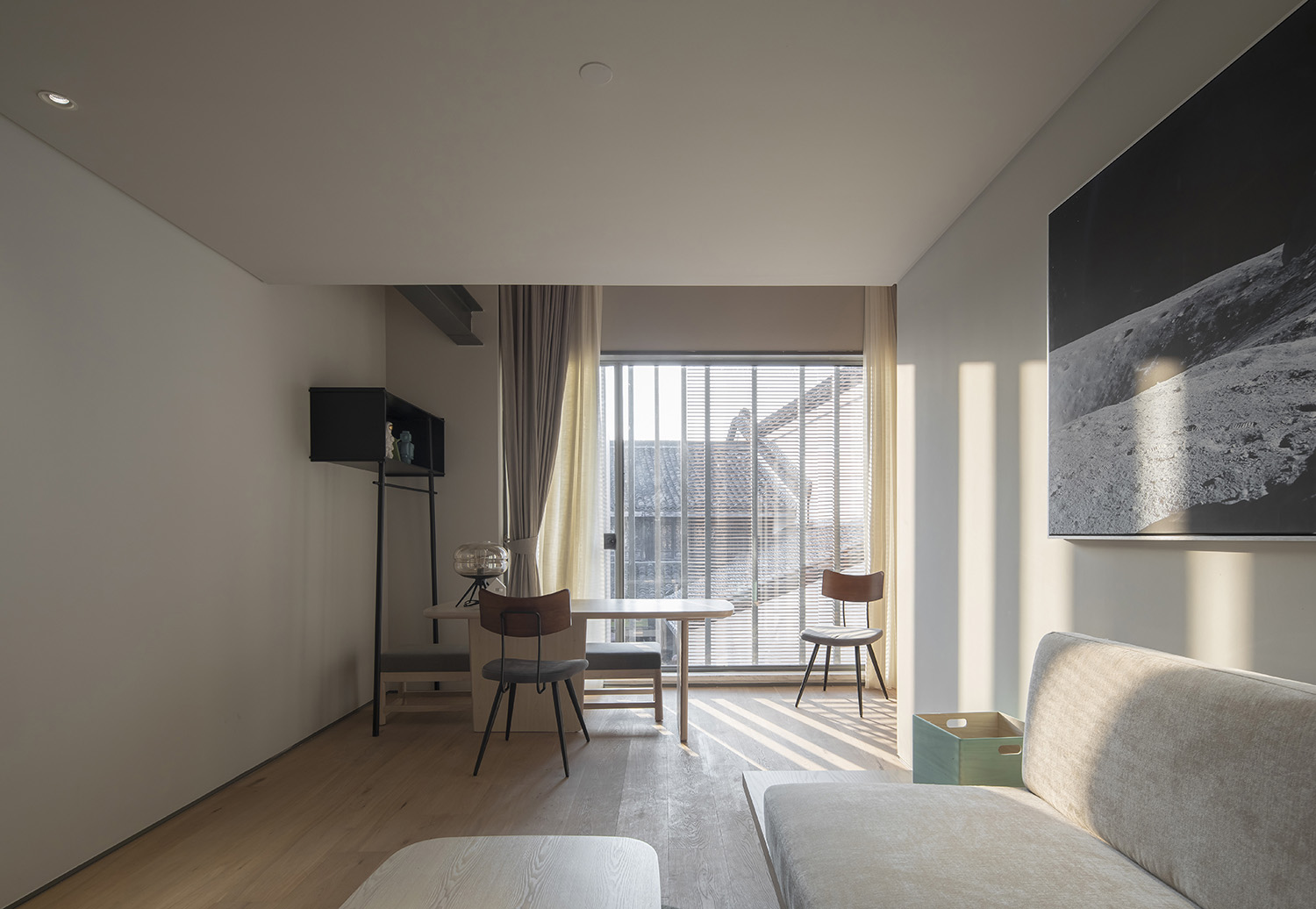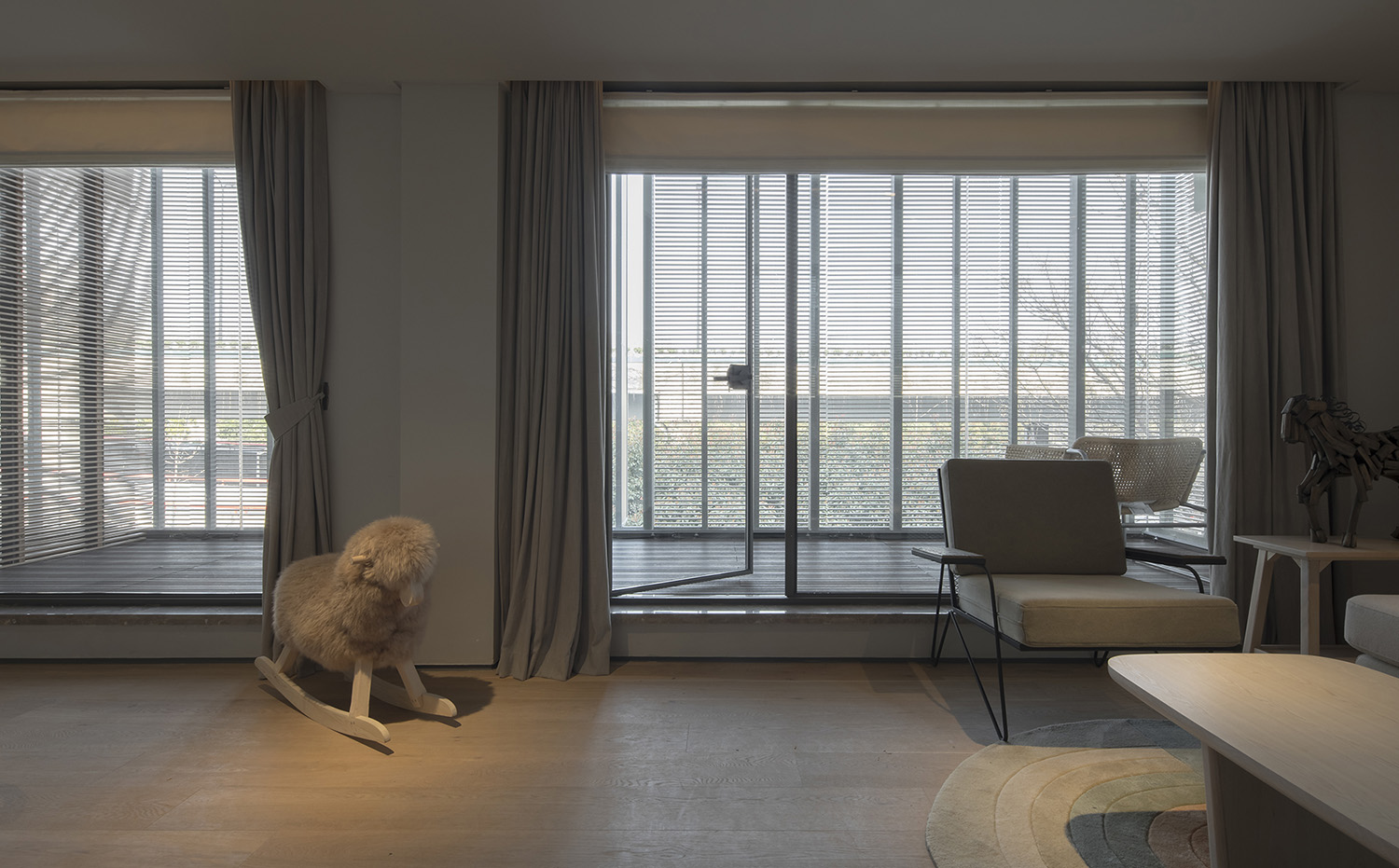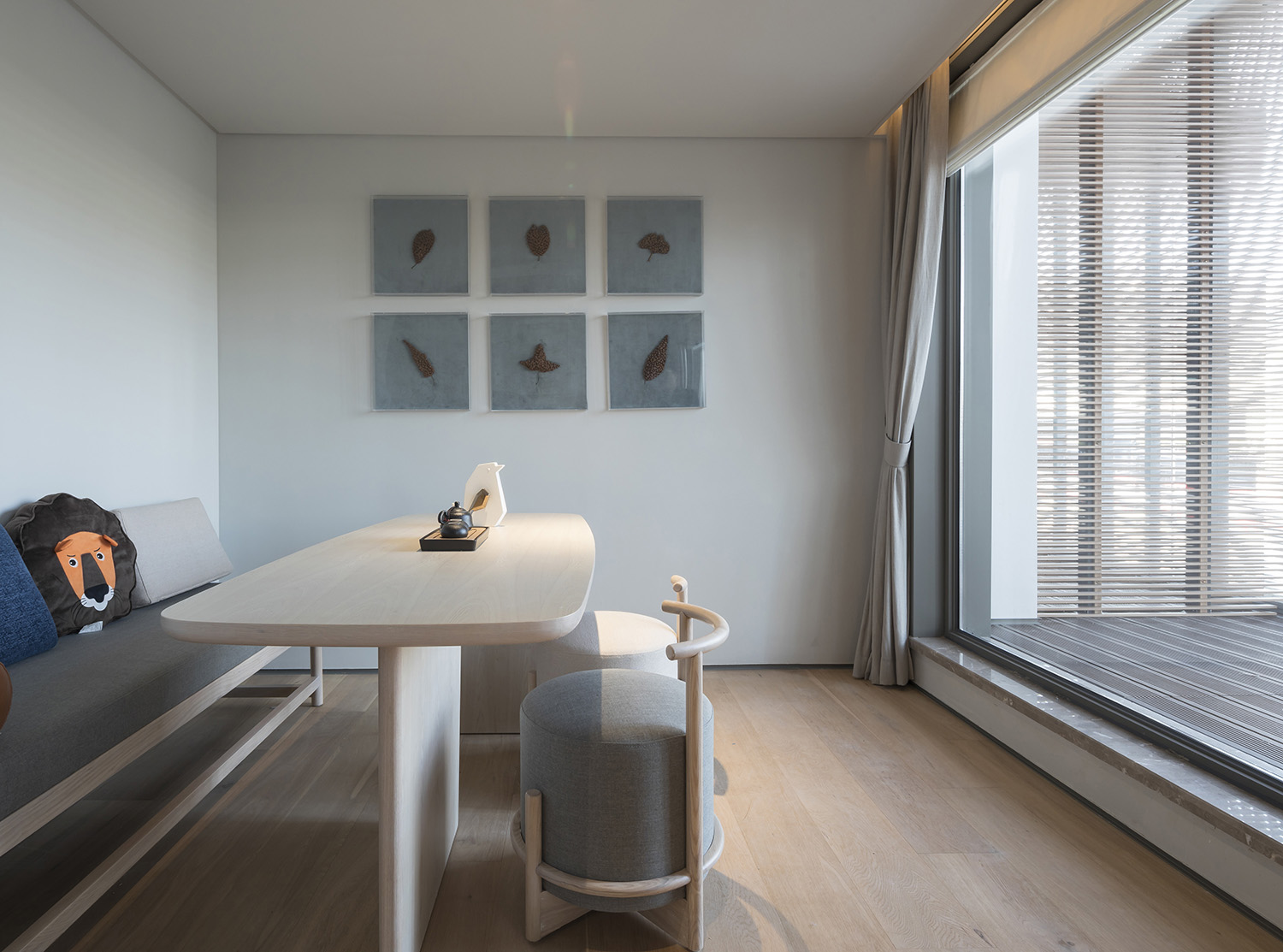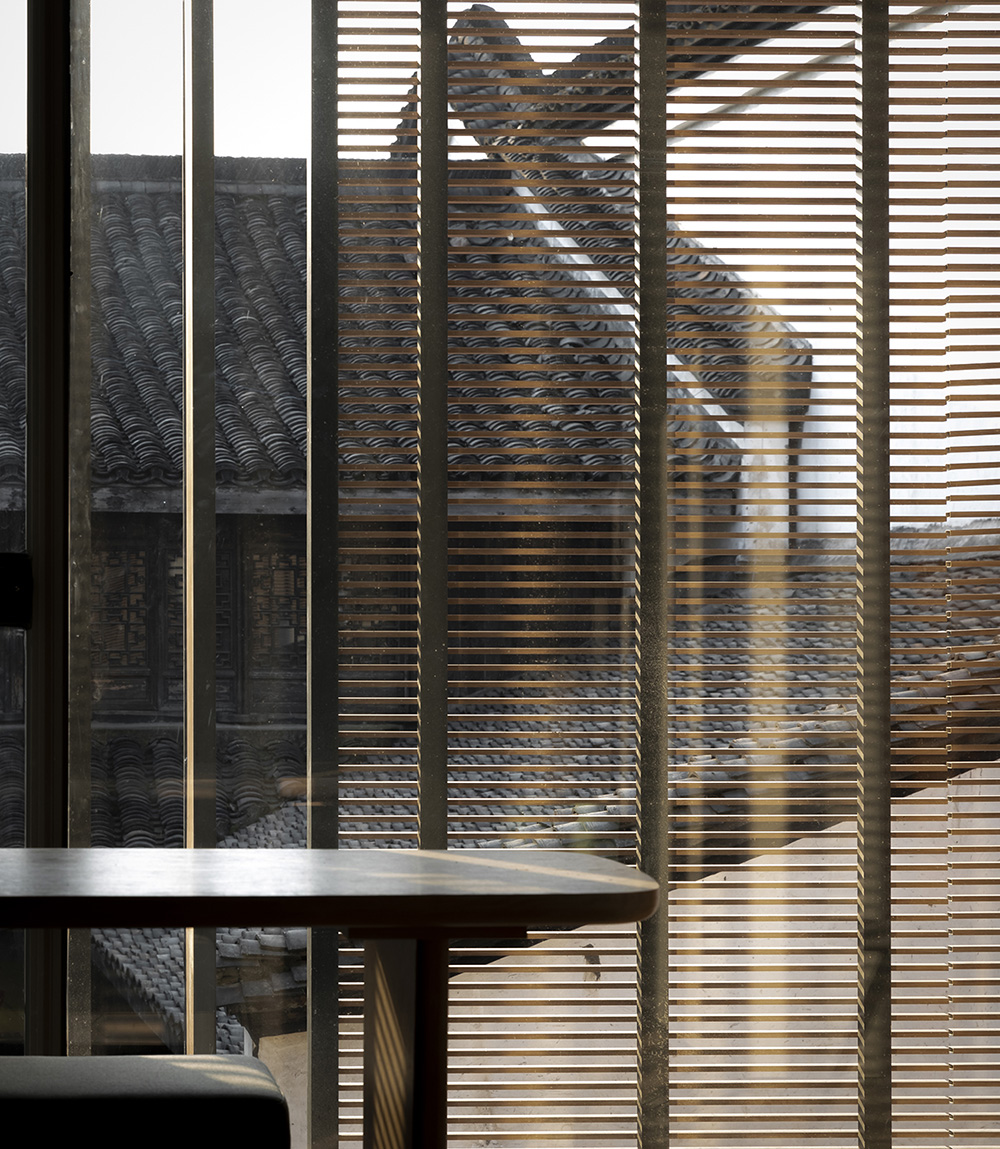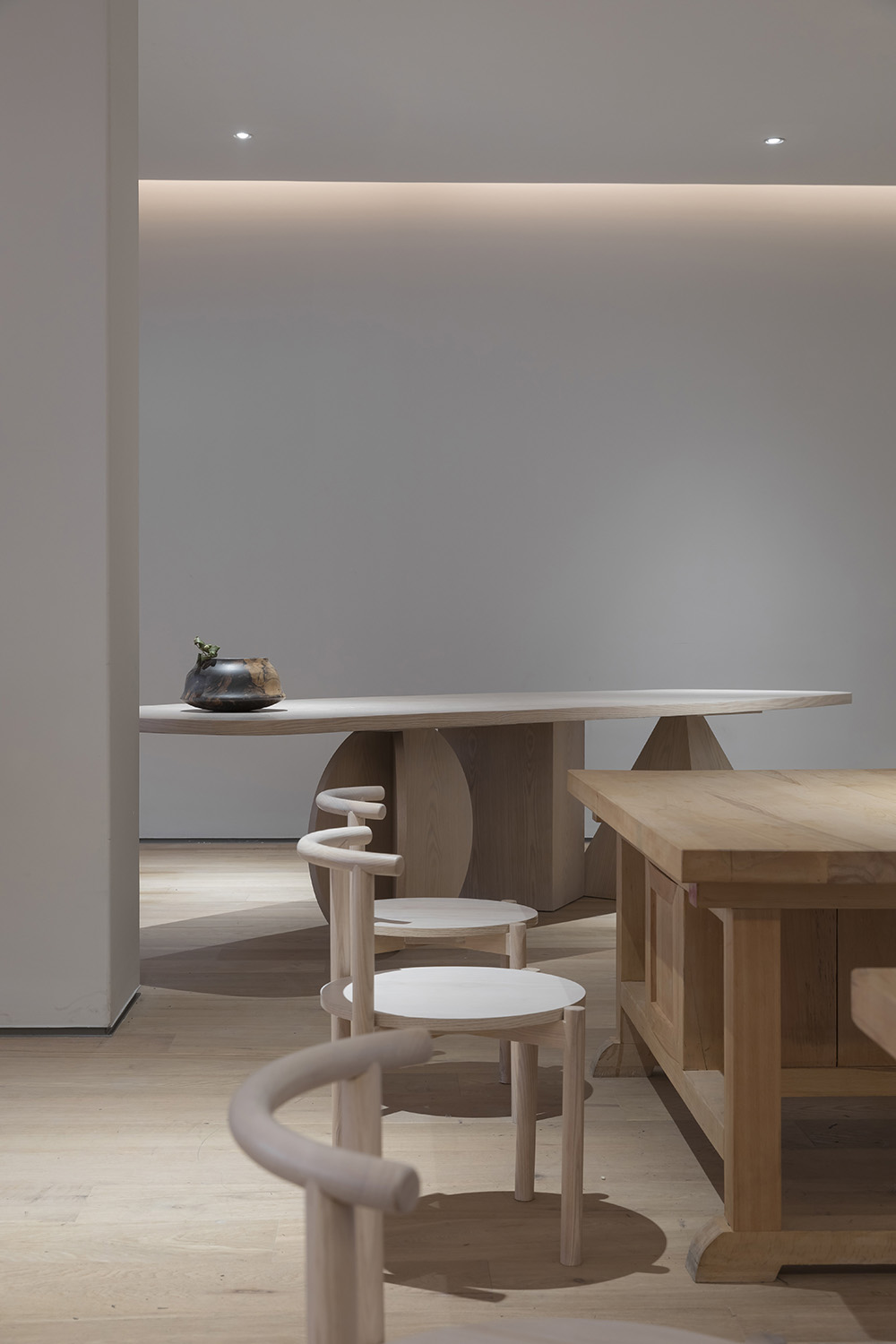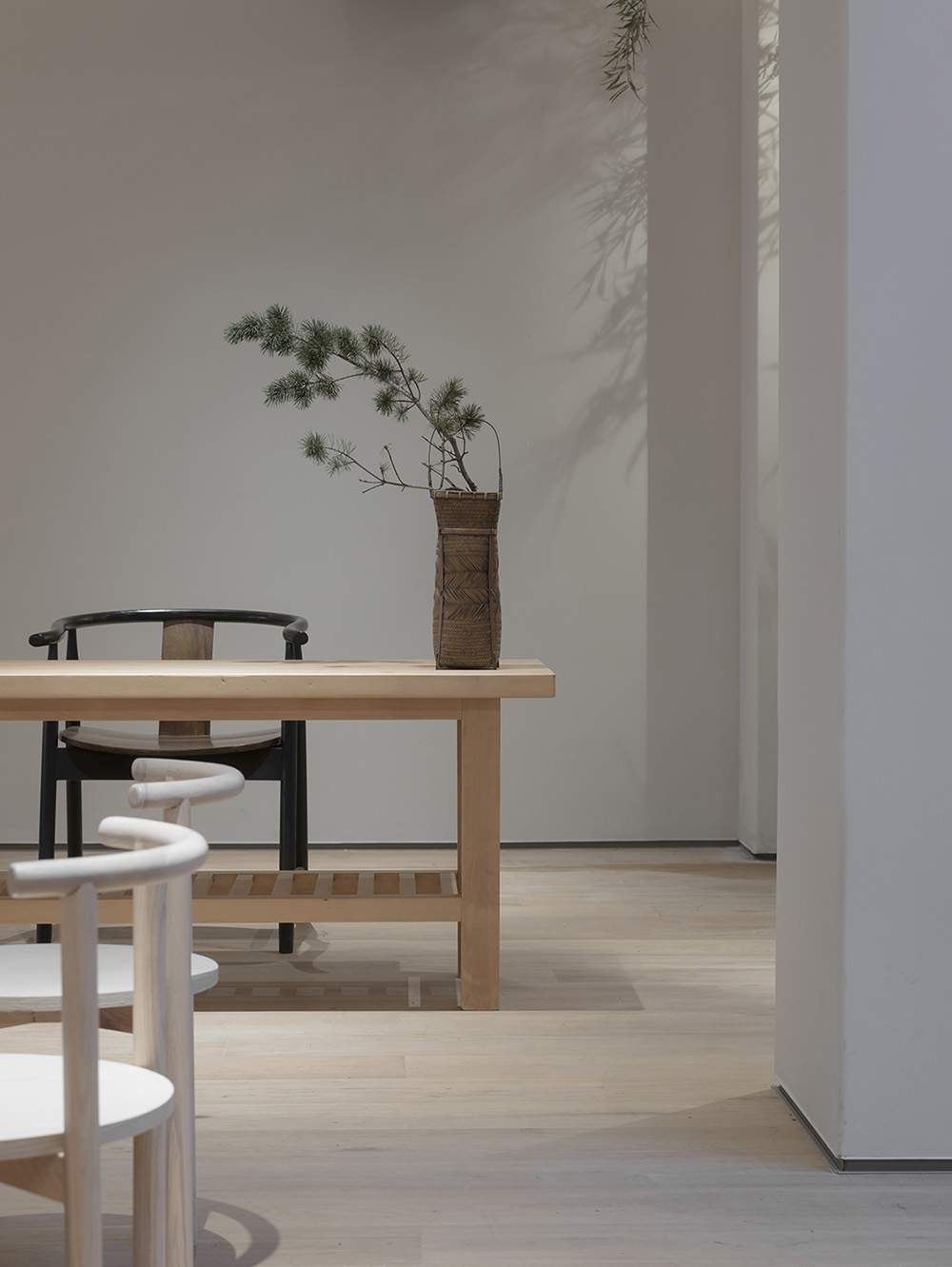Hangzhou is a traditional city in the southeast of China, where we can peak its cultural features from its traditional architecture in history. If you want to see the most representative building complex, it must be in the historical blocks along Zhonghe Road.
Our object today is located in the Datong Lane where is a historical building block near Zhonghe road in Hangzhou. This is a typical alley residential building, which was built in the period of the Republic of China. In this area, residences mostly live behind or above from shops.
In this environment, we need to pay more attention to the protection of the building itself, as well as the extremely rare building structure. Particularly, this is a matter to keep consistent with the surroundings.
Tong Shang Ji, founded by our owner, aims to enlighten children’s “judgment, understanding, cognition, feeling and feeling” of things by using a new “experiential teaching” method for more parents and children.
After having a conversation with the owners and a visit severally, we put forward the design concept. In terms of materials, we use soft and comfortable natural materials; in terms of space design, we mainly focus on large open space without partition, to create a natural, interesting and infinite fantasy learning space.
However, how to keep consistent with the surroundings of Da Tong Lane, and how to the principle of the owner in new experiential culture teaching, have become the initial question of this case.
Due to the close distance between the historic block of Da Tong Lane and the viaduct, the erosion of the urban construction to the old buildings is too serious. Therefore, we need a grid design to protect a parent-child activity space from urban noise. A space is only with natural and joyful childhood.
The design of wooden grating is consistent with the simple traditional architecture around Da Tong Lane, which is the inheritance and innovation of tradition.
Looking out of the window on a sunny day, the passers-by and the white wall are close to each other. Time is slowing down here.
We put origami, log, nature and light into the whole space. These elements belong to children’s imagination space. The use of wood color in the space also makes children closer to nature.
A core barrel is inserted in the original position of the patio. The core transparency also makes a connection and interaction between the two floors above. On a sunny day, the natural light goes indoors. At the same time, the children also have an entertainment area. Particularly important to modern education, is to offer more time to children to know nature. This design also meets the needs of Tong Shang Ji as an educational space.
In the original structure, the second floor has higher height, which limits the activity space. Therefore, the owner hope that we can integrate education activity space, parent-child accommodation and children activity area into this space.
We added lofts to the original structure. In this area, we create a home stay for parents and children, so that children can have a space to rest together and more like home while experiencing.
The addition of the skylight in the attic is more interesting and also meets the lighting needs of the old house.
In this space, children can experience hand work, enjoy undisturbed parent-child time with their parents and enjoy unimpeded activity space. Such freedom is the best enlightenment for the young generation.



